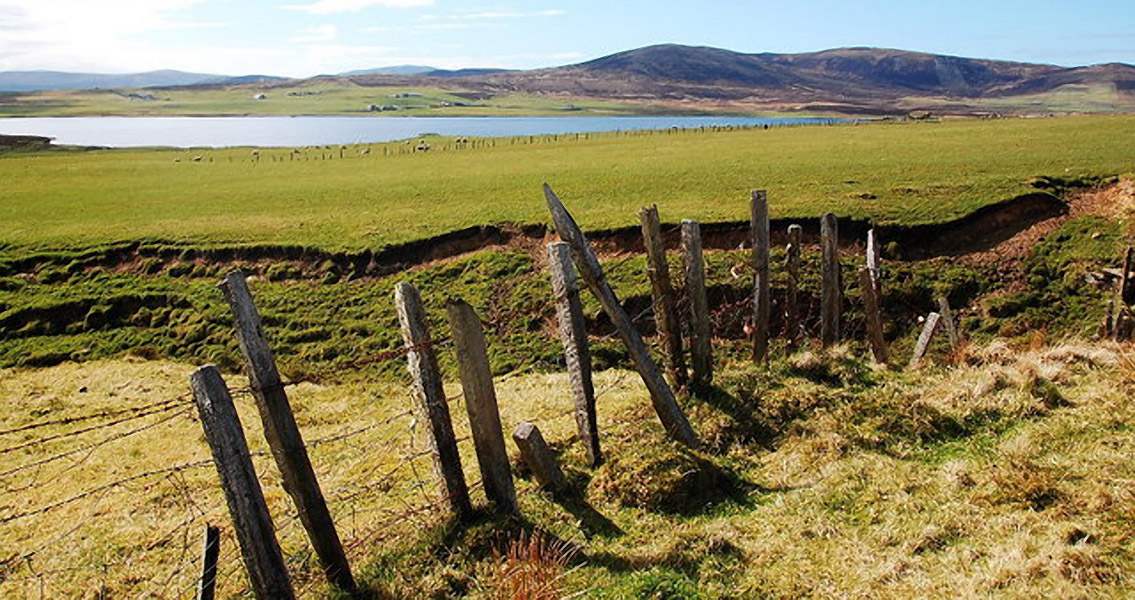<![CDATA[A recently discovered underground well found in the Orkney Islands and dating to the Iron Age turns out to have been used as a place to throw unwanted items away during the Victorian Era. The “souterrain”, an underground structure associated with European Iron Age settlements, was recently found in Harray. What archaeologists had thought to be a completely undisturbed historical find turned into something completely different when excavations revealed the souterrain had been filled with rubbish dating back to the Victorian period. Yet despite the fact that the well had been used – and thoroughly – during the nineteenth century – the archaeological find does not exist in any records surviving from the 1800s. The discovery is a relatively new one, as county archaeologist Julie Gibson and the University of the Highlands and Islands (UHI) Archaeology Institute’s Martin Carruthers ventured to the dig site, in close proximity to the Harray Manse, just a few weeks ago. An Orkney College UHI colleague who owns the land, Clive Chaddock, reported the discovery. According to an interview with The Orcadian online, Martin says the structure was found to have been in “pristine” shape and featured a complete roof overhead. However, the interior was littered with an amalgam of refuse from the nineteenth century, including mustard jars imported from France, marmalade jars, glass bottles, pots and iron kettles. It’s easy to dismiss the pile of discarded Victorian-era objects as simply trash, especially when held up against the fact that the place the rubbish had been deposited may date to the Iron Age and represents evidence of prehistoric settlement in the Orkney Islands. However, Martin was quick to point out that the collection of refuse has more than a little academic merit. The key here is to not think that archaeologists and historians know so much about the nineteenth century that it is completely understood and fully documented, the archaeologist warned. In fact, the rubbish has, archaeologically, quite a bit of potential in filling in gaps in the historical record in places such as the domestic habits of the day – something that many mainstream documents and histories can overlook. Martin surmises that the Victorian-era trash could be an interesting glimpse into the domestic waste of someone such as one of the ministers at the nearby Manse. Studying the discarded waste could provide fascinating insights about an Orkney house from the nineteenth century, as well as the practices, tastes and habits of those who resided there. The value to social historians could be quite high, he added. Moreover, Martin says that the use of the souterrain in this way – a prehistoric structure that was up until now completely unknown – demonstrates that Orcadian locals did indeed know about it and made regular use of it. However, the fact that its existence never made its way into the official archives creates even more mysteries to explore – and also implies that there could be other types of these structures in Orkney, both used and unused. For now, the site has been secured and sealed pending further investigation and analysis. ]]>
Iron Age Well Used as Victorian-Era Rubbish Heap
